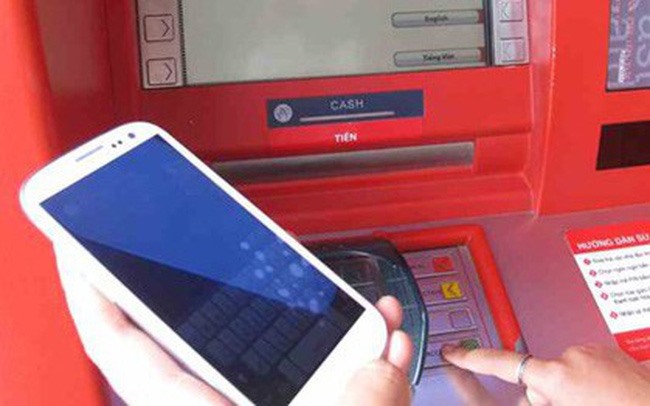Inter-bank electronic payment turnover accelerated to VND73 quadrillion (US$3.2 trillion) in 2018, equal to 13 times the country’s GDP, according to Pham Tien Dung, director of the State Bank of Viet Nam (SBV)’s Payment Department.

Inter-bank electronic payment turnover accelerated to VND73 quadrillion (US$3.2 trillion) in 2018, equal to 13 times the country’s GDP, according to Pham Tien Dung, director of the State Bank of Viet Nam (SBV)’s Payment Department.
On average, the inter-bank system handled more than 544,000 transactions worth more than VND289 trillion per day, up 25 per cent and 24 per cent respectively compared to 2017.
Dung attributed the rise to improvements in the country’s non-cash payment infrastructure, which have helped the payments run smoothly and safely.
Banks have also invested significantly in upgrading their automatic teller machine (ATM) and point of sale (POS) networks over the past year. By the end of September last year, there were 18,173 ATMs and 294,500 POSs nationwide, up 4.5 per cent and 13 per cent over the same period in 2017.
According to Dung, the automatic clearing house (ACH) for retail payment transactions is also in the final testing stage before being put into operation this year.
Dung said bank cards have become popular with local consumers. By the end of September, the number of domestic payment transactions using cards reached nearly 167 million transactions worth VND442 trillion, up 21 per cent compared to the same period in 2017.
The central bank said increasing the rate of non-cash payment would be one of its top priorities in 2019, adding that it would continue fine-tuning the legal framework to limit cash payments in the country in line with international rules.
Prime Minister Nguyen Xuan Phuc has directed the banking sector to take the lead in the Fourth Industrial Revolution by embracing e-payment in 2019, a move that would boost the whole economy.
To boost non-cash payment, the Prime Minister has also approved a decision that aims to bring the ratio of cash to total payment instruments to less than 10 per cent by the end of 2020.
Under the decision, e-commerce will be promoted and all supermarkets, shopping malls and distribution centres will be modernised with card readers by 2020.
By 2020, 70 per cent of electricity, water, telecommunications and communications service providers must also accept non-cash payments of charges, while 50 per cent of individuals and households in major cities will use cashless payment instruments for their shopping and consumption activities.
The percentage of people more than 15 years old holding a bank account will also be increased to at least 70 per cent by the end of 2020. — VNS





